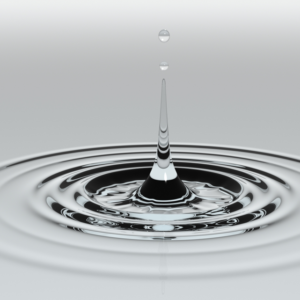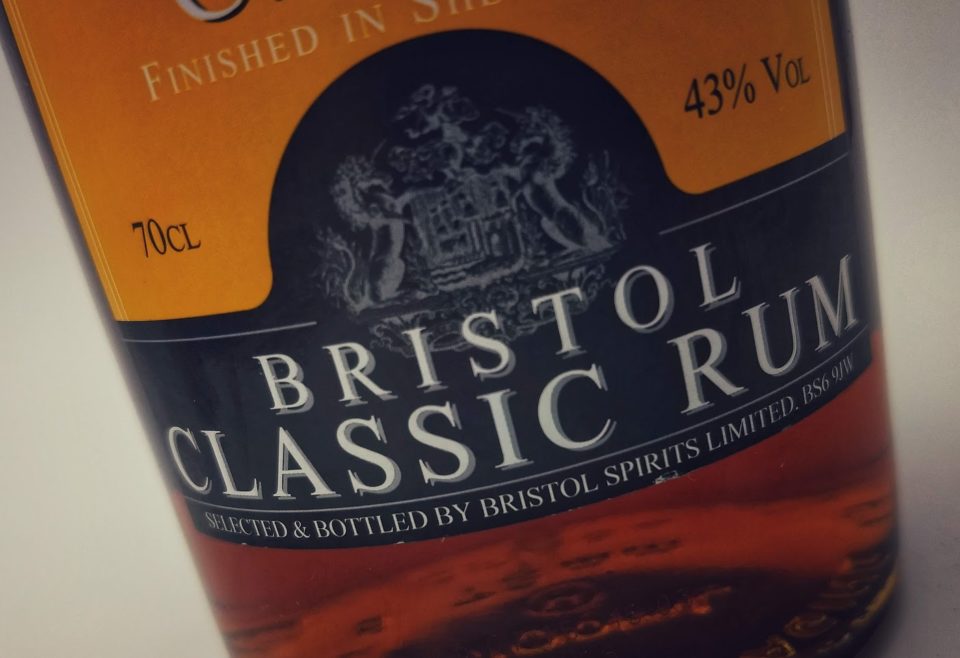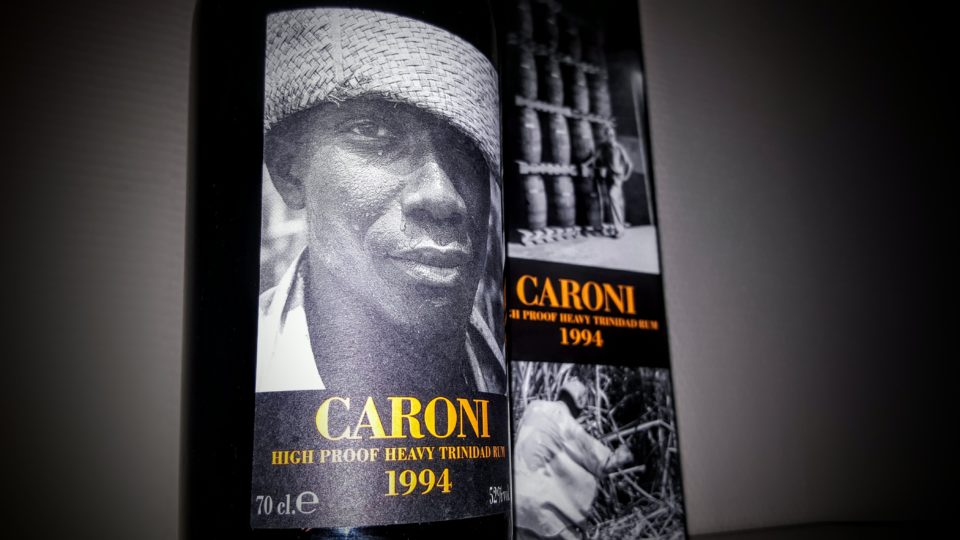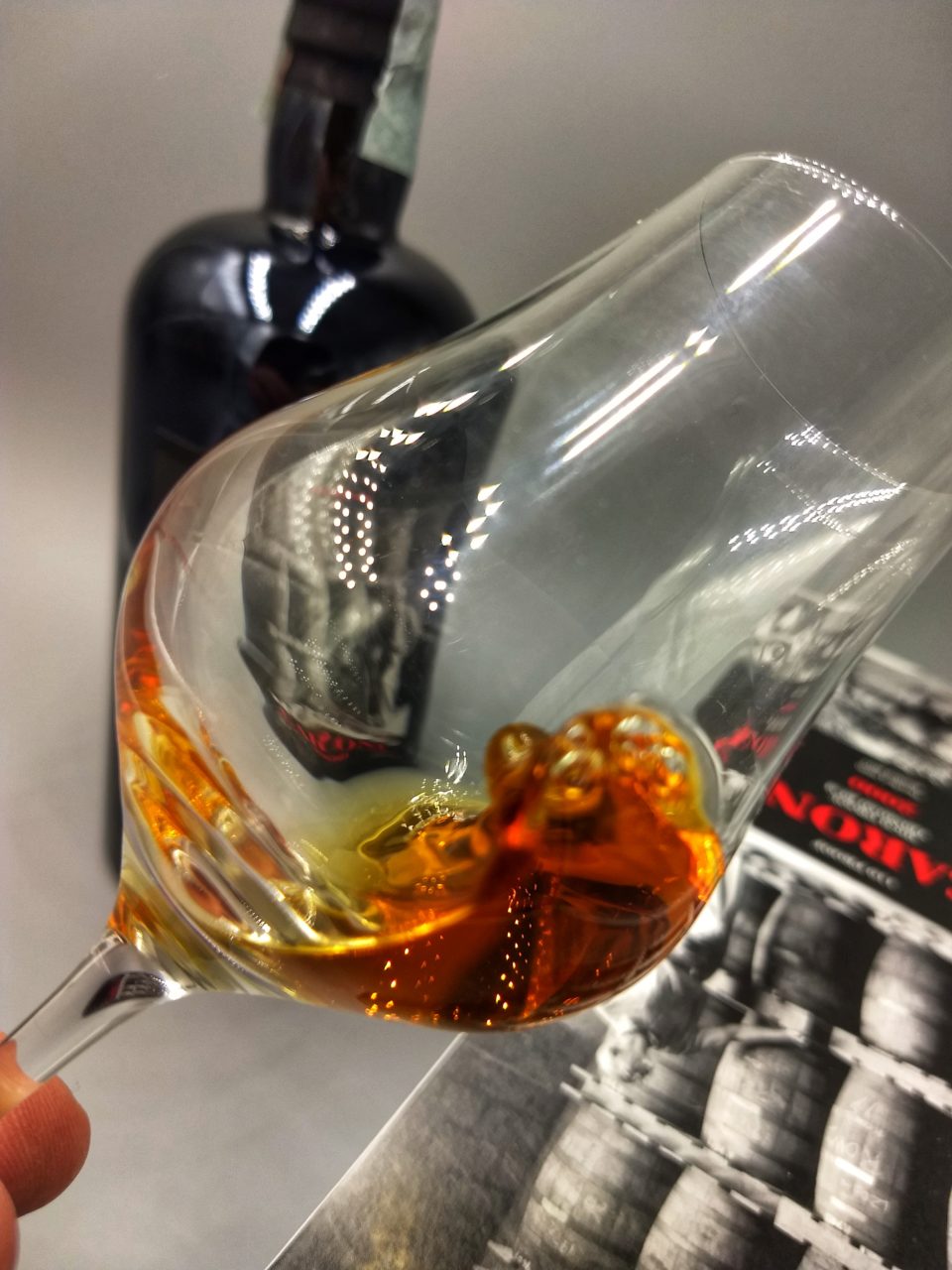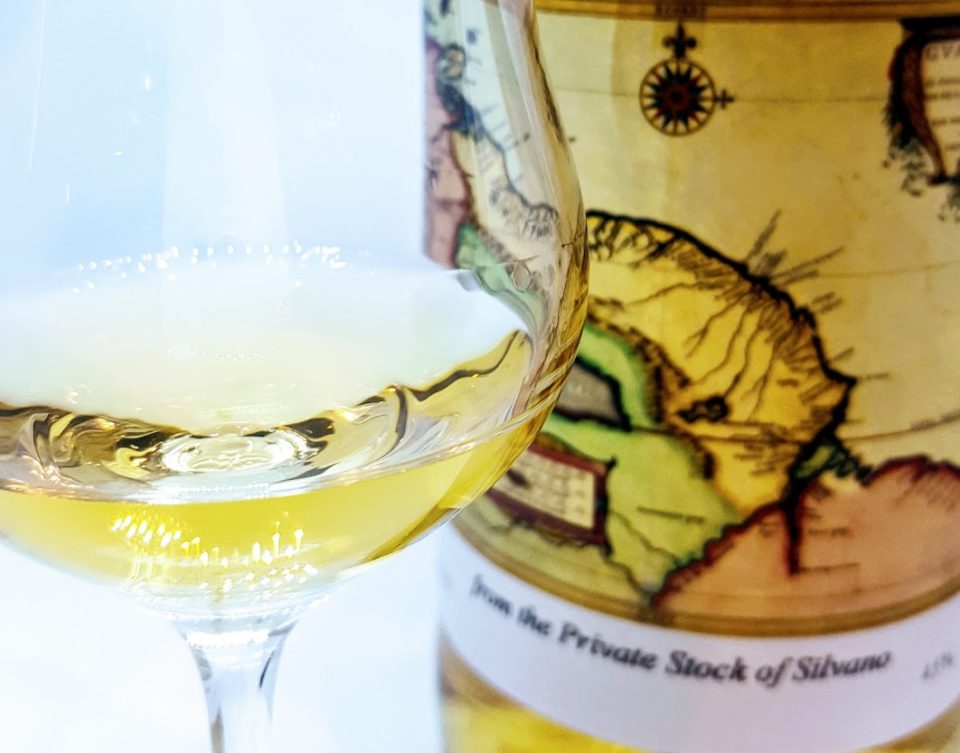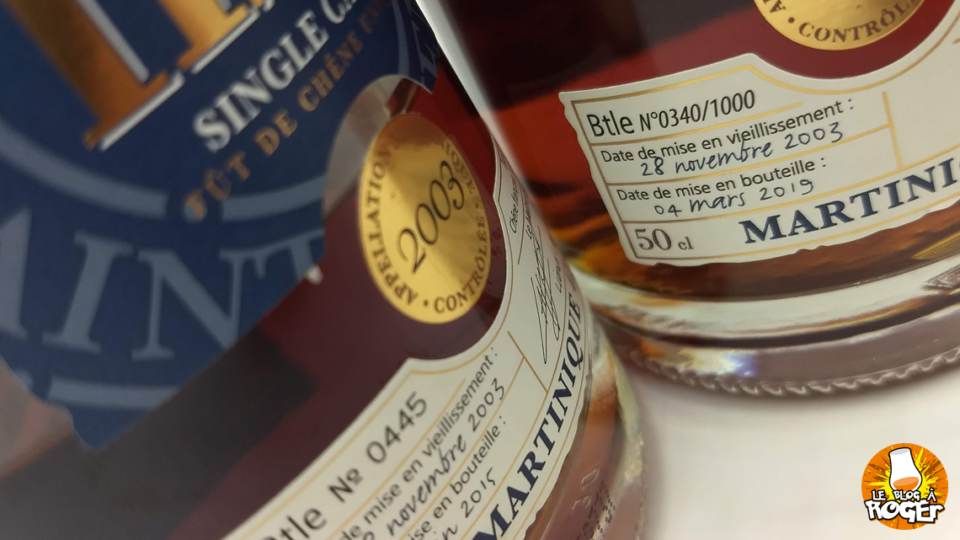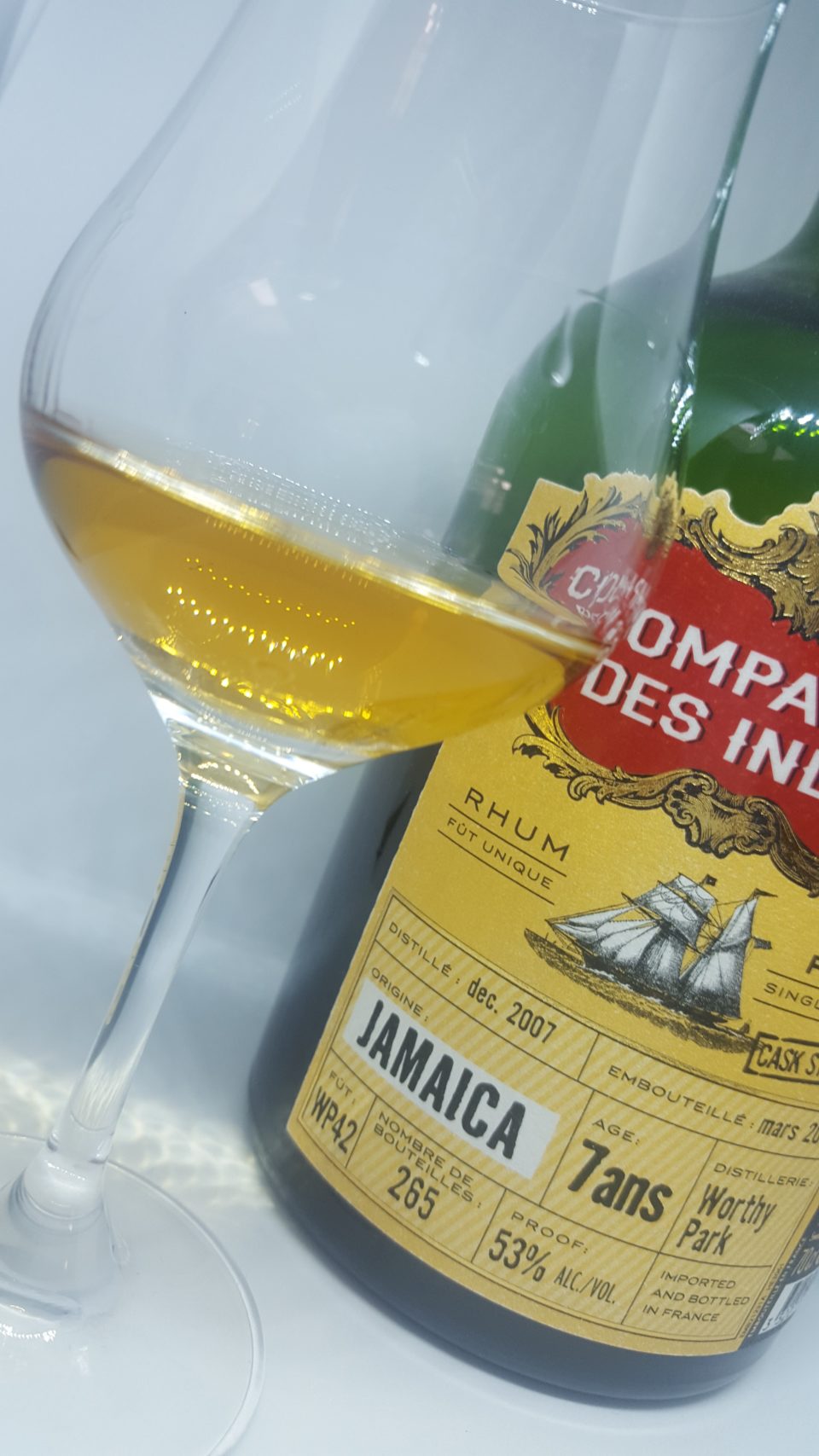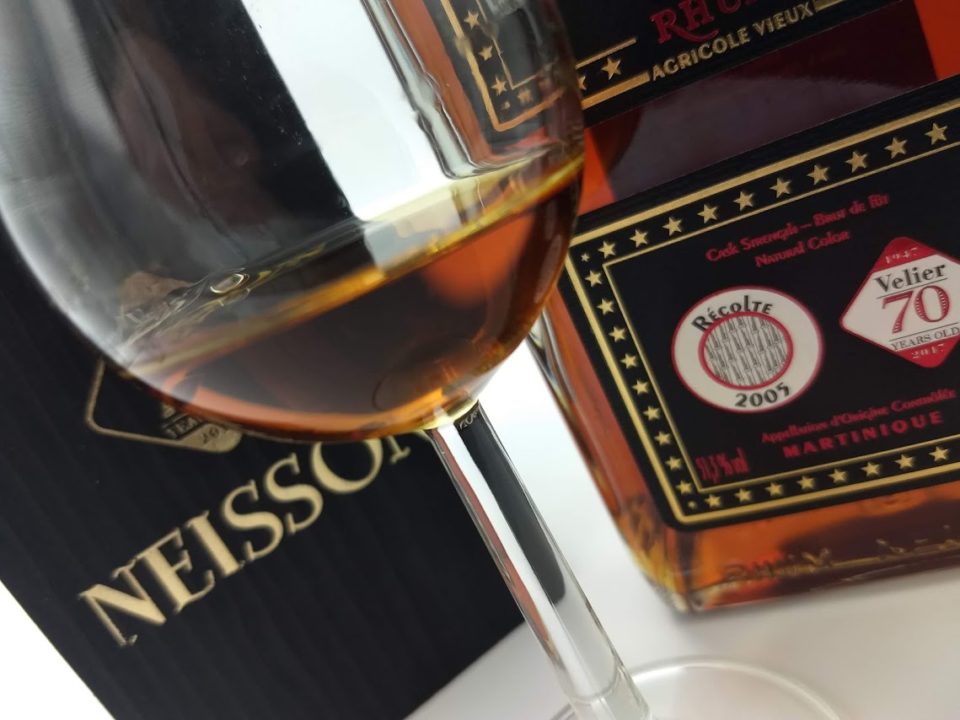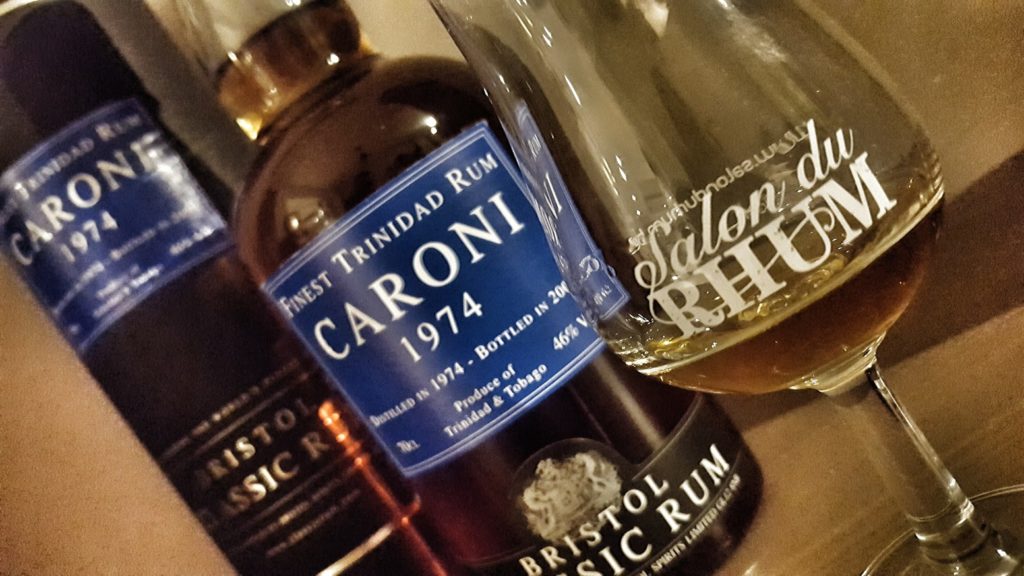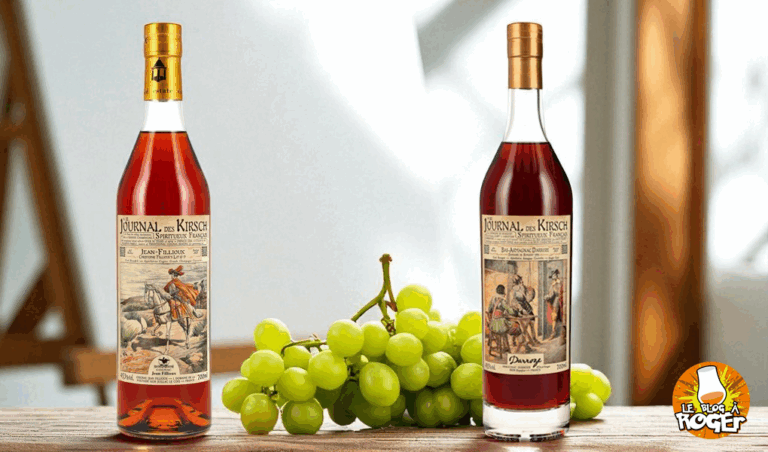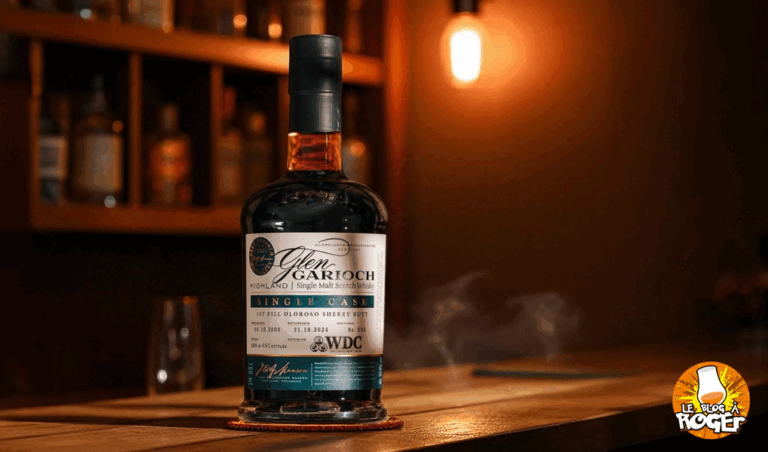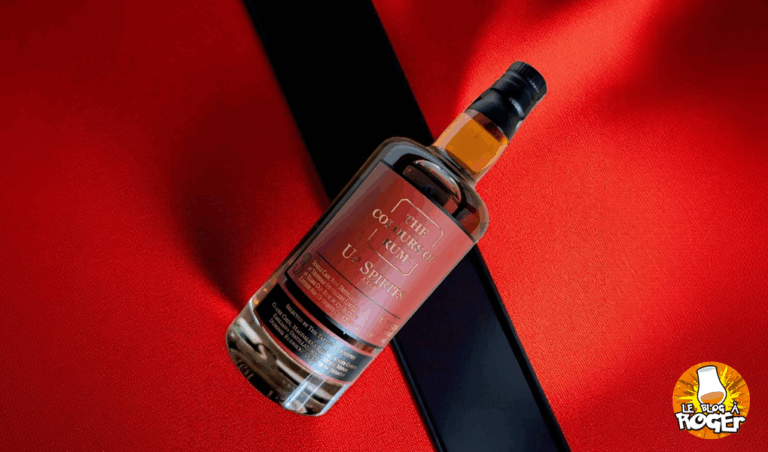Today, I am going to talk about a subject that I particularly like in these times of « all-proof », the reduction in the world of spirits and more particularly in the world of rum.
This article was initiated by Simon from Préférence Rhum, because he knows that I like rather fine and elegant spirits as some reduced rums can be. So, he proposed to me to do a common subject, but via two articles on our two blogs.
Of course, the idea is not doing a technical course on reduction, I don’t have the capacity … This article is rather a small collection of thoughts about the reduction.
A nice introduction was also made by Marc Sassier, it can be found here and the article of Simon on the site of Préférence rhum …
The current fashion in our little world of rum is to often to propose alcohol at high levels … A lot of abv, for geek like probably you and me, often show more than 60% of alcohol and the Column Strenght is in full expansion, even if it should run out of steam fast enough I think.
I still don’t understand the interest of proposing white spirits at more than 80% but hey, that’s a whole different subject.
When discussing with some professionals, it appears fairly quickly that the search for balance is the first concern of some distillers / bottlers / tasters.
A well-balanced « cask strenght » rum will not necessarily need a reduction, and a poorly reduced rum will not bring any pleasure … So there is no universal rules regarding the passage through reduction or no. Just one thing, balance.
John Barrett from Bristol, for example, likes his rum between 43 and 48% because it allows to keep many flavors without reducing the pleasure of tasting.
Nevertheless he took into mind the market and therefore proposed some unreduced references. Because yes, the demand for this kind of bottling has evolved in a few years …
But to reduce a rum correctly is an art… As explained Marc Sassier in the introductory article, adding water to a spirit traumatizes this one: « because this sudden intake will move the esterifications and your product will be destructured.It will take at least 5 days to find a balance« .
Many reductions made fast or too important will simply destroy a great product …. I don’t have too many examples in mind put that clearly exists. The kind of rum where we say « well, it’s good but it still lacks peps! »
Emmanuel Dron, owner of one of the largest liquor bar and bottler at his hours, also like a degree of reduction ranging from 45 to 48% but « The ideal for a nice reduction is not so much the degree that how to do it. Slow reduction, a very gentle filtering (just to recover the wood dust) and avoiding too low temperatures are the keys to success. »
Tastes are also evolving strongly, « Younger, I appreciated more the cask strength, today a little less even if I do most of my bottlings cask strength. But I am extremely patient in the choice of my barrels and chose only balanced and unassuming cask strength. «
Personally, I’m going more and more towards this kind of spirits too … Bristol’s last Caroni 1999/2019 at 43% is for me a great success although greatly reduced. The work on this rum is really impeccable, the spirit has kept its character, its oily and its length while being more « friendly » to the tasting.
After I’m not at all against a spirits flirting with 70% if he knows how to stay elegant of course!
Sometimes, even a slight reduction can bring a lot of things like the Habitation Velier Hampden HGML, which I think was slightly reduced because it sounds like a weird 62% like the rest of this bottler’s 2019 releases.
This reduction seems perfectly successful as the rum is fat and full of flavor while reaching a balance rarely seen at Habitation Velier. It’s still strong but we are far from the HLCF which is really very complicated to enjoy for example.
Hubert Corman is of the same opinion, a spirit must be above all balanced, nevertheless it brings some complementary information:
There is no ideal degree for a reduction: If it is a single bottled beverage, there will be a much more careful approach to the consumer and what he is looking for. As long as the quality of the selected drum is top
If it is an blending, the most regularly used reductions are 40 ° 43 ° 45 ° 46 °. They correspond to the standard of bottlers and the end customer who is just looking for a spirits without worrying about particular details. These reductions represent 98% (after verification, 97.59% in fact) of demand and purchases.
The reduction has several facets: to try to integrate at best the rate of alcohol, to bring a certain balance. Accessibility. And of course, be in the standardization and globalization in terms of market price.
These are aspects for which the consumer does not always realize: the more it is reduced the less there are taxes, excise etc … and of course it will have an impact on the final price for the customer.
This makes it possible to position oneself on the different distribution networks of the countries.
It is the job of the Cellar Master, to select, to blend and to reduce in the end to always obtain a constant product almost identical to the previous version.
So, what’s the ideal degree to taste? it will go in the opinion of each person. There will be as many opinions as there is rum – Ron – rum.
From a more personal approach, I would tilt 44/48 ° depending on the style and the tasting moment.
The addition of a drop of water during the tasting is something that often comes back too … personally I’m less fan because from one time to another, this drop will never be the same and as Marc Sassier says , this considerably stress the spirits. We must make sure to enjoy it within 5 minutes …
When tasting a Full Proof bottling, it is always necessary to think carefully for an optimal analysis. Savoring it as it is first will provide a direct overview. Then adding a few drops of water will allow a different opinion!
The water will bring the olfactory opening on often discreet flavors. For a tasting of Spirits already reduced below 46 ° it is not necessary to add water.
Water: It plays an important role in this stage of production. Many use demineralised water that keeps the mind of the spirit, while spring water, local or otherwise, will affect because its mineral composition will influence the final result.
For a long time, distilleries have reduced their rums in the Caribbean and in recent years have been offering rums at higher levels.
At Foursquare, Richard Seale explains that abv less than 46% of liquor is more often a choice dictated by legislation than anything else. For him, below this degree, it considerably impairs the spirit.
The addition of water will not only dilute the rum, it will also change its taste and properties and it can make a less translucent alcohol for example.
Some opacity, a veil will appear in the spirits and a filtration will be necessary to remove it. This process will further denature the product and removed some layers of complexity.
At Foursquare, Richard explains that their style is rather « light« , his rums are well above 48%. Above this degree, there are the most aromas while keeping an easy aspect to the tasting.
This sweetness comes from a combination of heavy pot still rums and lighter column and of course aging in the correct casks.
Conclusion
there are really no rules except pleasure …
some people will like their rum reduced because they privilege the pleasure of tasting, others the power which will unhook the teeth of the bottom.
One more thing….
The only thing where everyone will agree is the discount on Excellence Rum with promo code #REDUCTION_BY_ROGER;) (*)
* Payment by card or transfer.

